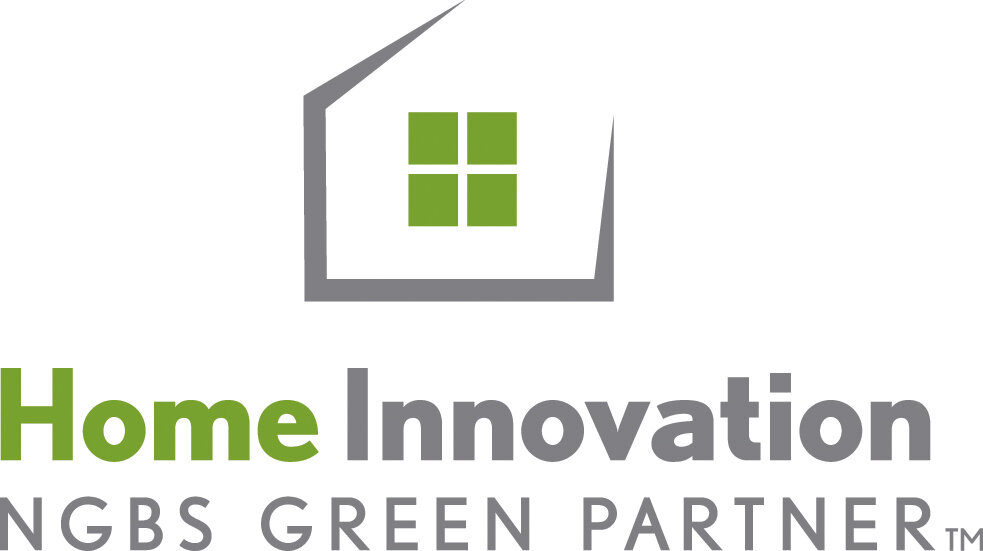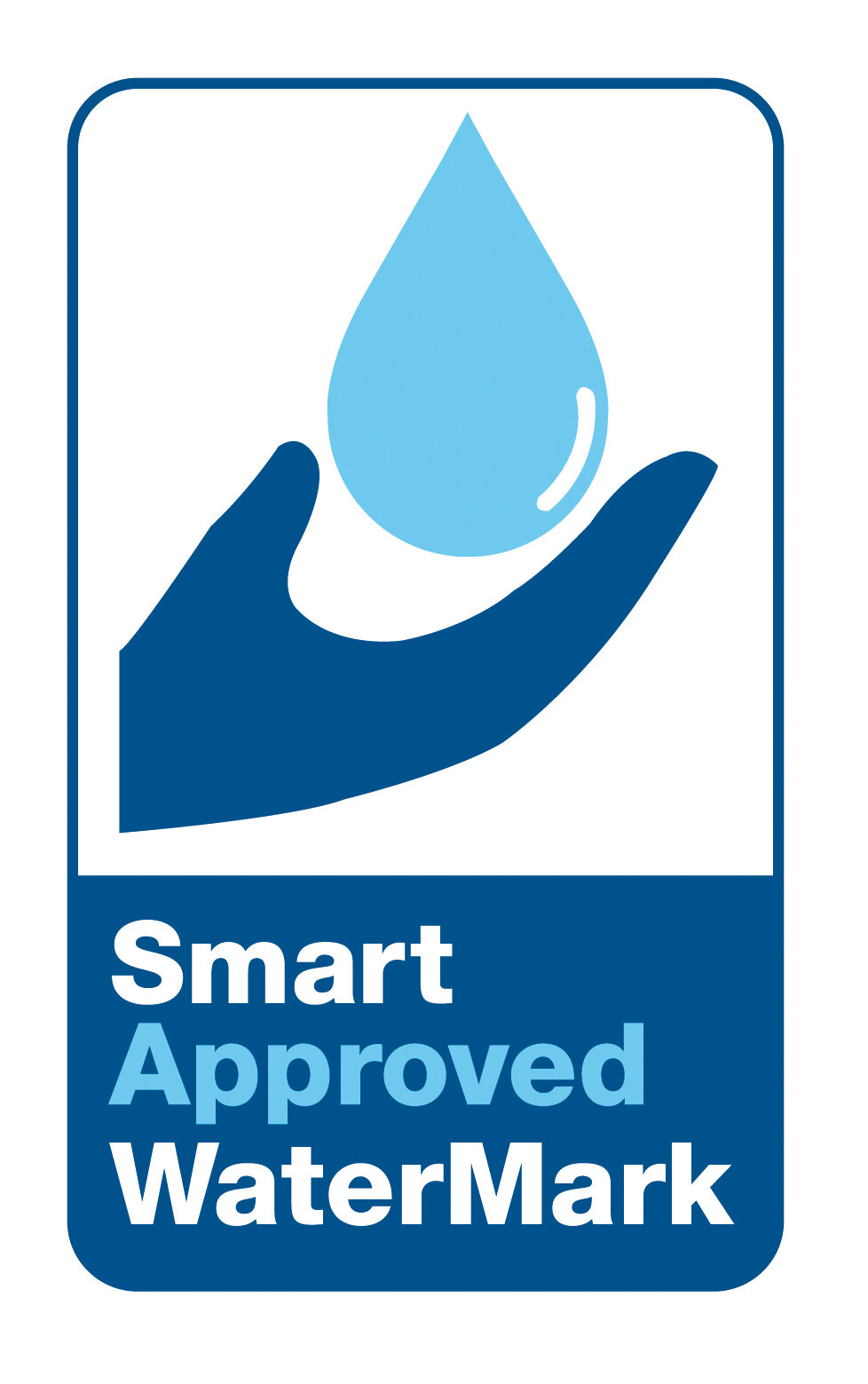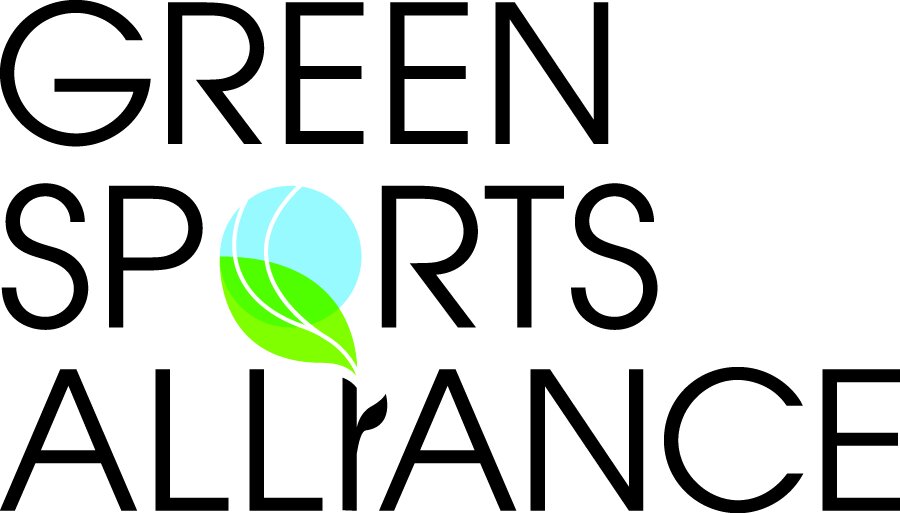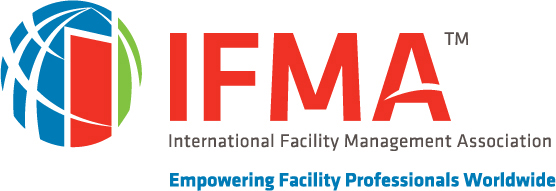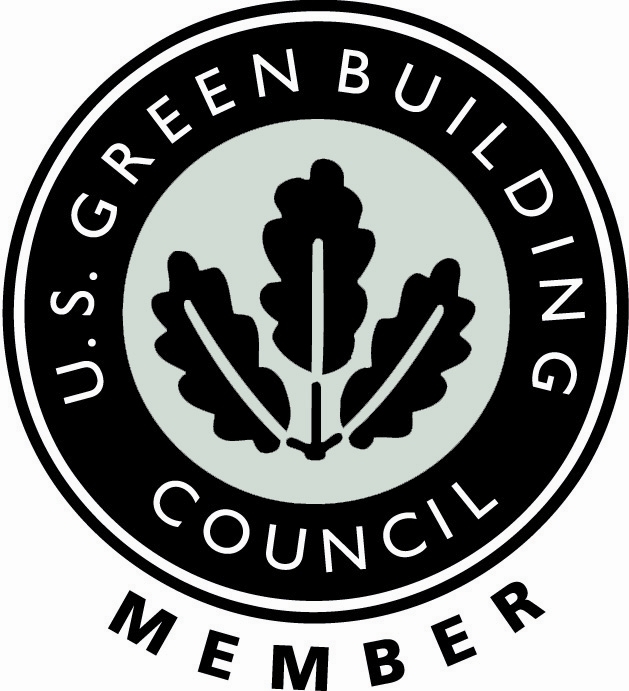The following is an article published in Facility Advisor
The rainy season in California begins each year in October. When it started in October 2021, nearly half of the state was experiencing “exceptional” drought. This is the most severe category of drought. As for the rest of the state, 87% faced “extreme” drought, the second-most severe category.
But flash forward three months, and it became like night and day. In just two weeks during the holiday season, a barrage of rain and snowstorms in Northern California resulted in more precipitation than during the entire previous 2021 “rain season,” which ended Sept. 30, 2021. Since October, most of the state has had more rainfall in the shortest time in decades.
Now, the U.S. Drought Monitor says that California is experiencing only “moderate” drought, and some portions of the state are just listed as “dry.”
While moderate and dry drought conditions might still sound serious, this is excellent news compared to what the state has experienced over the past decade.
So, does this mean Californians, along with those living in surrounding states, can forget about water conservation and using water more efficiently? Not at all. The state governor is asking all Californians to reduce water use by 15% from 2020 levels, one of the driest years on record. The reason is simple: “Despite record levels of precipitation in some areas, we’re not out of the woods yet,” said Eric Oppenheimer, chief deputy director of the State Water Resources Control Board.
Here’s one way to look at the current situation. The state has been borrowing water from aquifers, dams, rivers, and anywhere else it could find it. Now those sources are drier than they have been in decades. The recent rains and snow are allowing the state to pay back some of those water loans, but California has a long way to go before paying off the entire water debt.
Further, what the governor and state water officials are focused on is not the current improvement but the fact that long term, the state, along with significant parts of the western United States, are likely to experience chronic water shortages throughout the century. This means that making our facilities more water efficient will continue to be center stage for many facility managers (FMs) for years to come.
Eliminating Water Waste
One quick and relatively easy way FMs can help reduce water consumption in their facilities is by eliminating what is referred to as “water waste.” Water waste often relates to water use outside a facility and includes such things as the following:
Allowing water to flow or spray off a property. This can result from irrigation, leaks, or manual water use.
Regular use of water as a cleaning agent to clean, for instance, sidewalks and outdoor areas.
Failing to correct a malfunctioning water supply line for more than 48 hours.
Using sprinklers to irrigate landscaped areas between the hours of 11 a.m. and 7 p.m. Especially on hot days, this is when water evaporates the fastest.
The Bigger Picture
Eliminating water waste is a significant first step in reducing water consumption and using water more efficiently. However, that is just the beginning. Long-term water reduction involves creating a water-savings plan, and it starts, very simply, with knowing how much water is currently being used in a facility.
Surprisingly, many FMs are unaware of this. They may never have even seen a water utility bill for their property.
Water utility bills are often emailed or mailed directly to accounting departments. For personnel in accounting, typically their only concern is the amount due, not the amount of water consumed.
To begin a water-savings plan, it’s essential to collect current and past water bills going back about two years. Create a spreadsheet to monitor monthly consumption. The spreadsheet will help FMs identify spikes, which often mean there is a leak that must be attended to, and create benchmarks. Now, with benchmarks, we can set goals.
A reasonable goal for a commercial building is to reduce water consumption by 5% in one year. Interestingly, once the water-savings journey begins—and cost savings, the result of using less water, materialize—it is possible to surpass this goal, reducing consumption by as much as 10% to even 15%. Typically, this is accomplished in the following ways:
Reducing water pressure. Many larger commercial buildings have what are called “water boosters.” Water boosters pump water throughout a facility.
However, these boosters are often set higher than necessary, delivering more water than is needed to faucets and other water-using outlets. The result is another form of water waste. Working with engineers, FMs can lower the pressure to pump just enough water throughout the facility.
Grappling with cooling tower evaporation. The big problem with cooling towers, new or old, is that they continually use water through evaporation. The best way to address this is to use recycled or “gray” water—that is, water not fit for human consumption. Some utility companies around the country are now working with building owners and FMs to use recycled water for non-potable purposes, such as use in cooling towers.
Eliminating dated restroom fixtures. Toilets and urinals are designed to last for decades. However, their longevity can work against us when it comes to using water efficiently. Even systems engineered to meet federal water-using standards may no longer meet those guidelines due to age and wearing parts. Consider replacing any restroom fixtures that are more than five to seven years old.
Surpassing water-use guidelines. Most water consumption guidelines now applicable in the U.S. were written in the early 1990s. Restroom fixture technology has advanced considerably during that time. If replacing toilets and urinals, look for toilets that use 1.28 gallons of water per flush, less than federal standards. For urinals, selecting water-using urinals, no matter how much water they use, may no longer be a wise option. Due to the costs of plumbing and installation and the fact that even new urinals use large volumes of water, FMs in drier states such as Arizona and parts of California are now required to install waterless urinals. As the name implies, these urinals use no water, saving as much as 35,000 gallons of water per urinal per year.
Finally, one of the most critical steps FMs can take is to educate users on reducing water consumption. Sure, with all the precipitation parts of the country have experienced over the past few months, this may prove more difficult than in the past severe drought conditions. But remember, when it comes to water, we must think long term. We are not out of the woods when it comes to water. Protecting our most vital resource and using it wisely and more efficiently must be viewed as a timeless priority.
Klaus Reichardt is CEO and founder of Waterless Co. Inc., based in Vista, Calif. Reichardt founded the company in 1991 with the goal of establishing a new market segment in the plumbing fixture industry with water efficiency in mind. Reichardt is a frequent writer and presenter, discussing water conservation issues. He can be reached at klaus@waterless.com.















